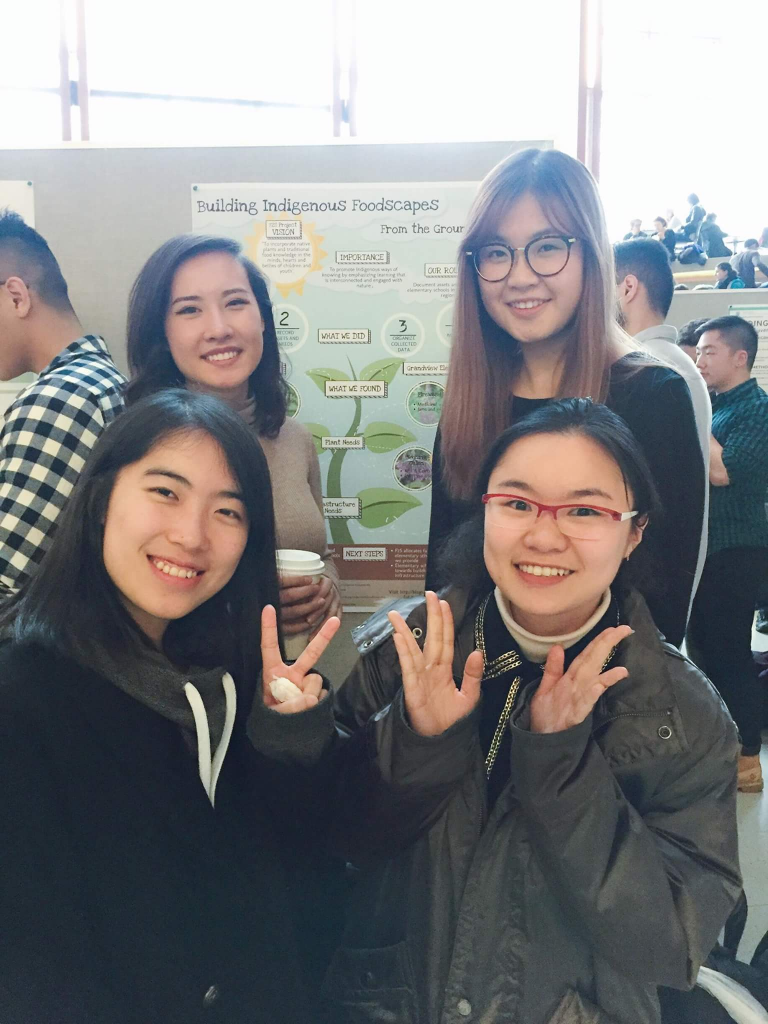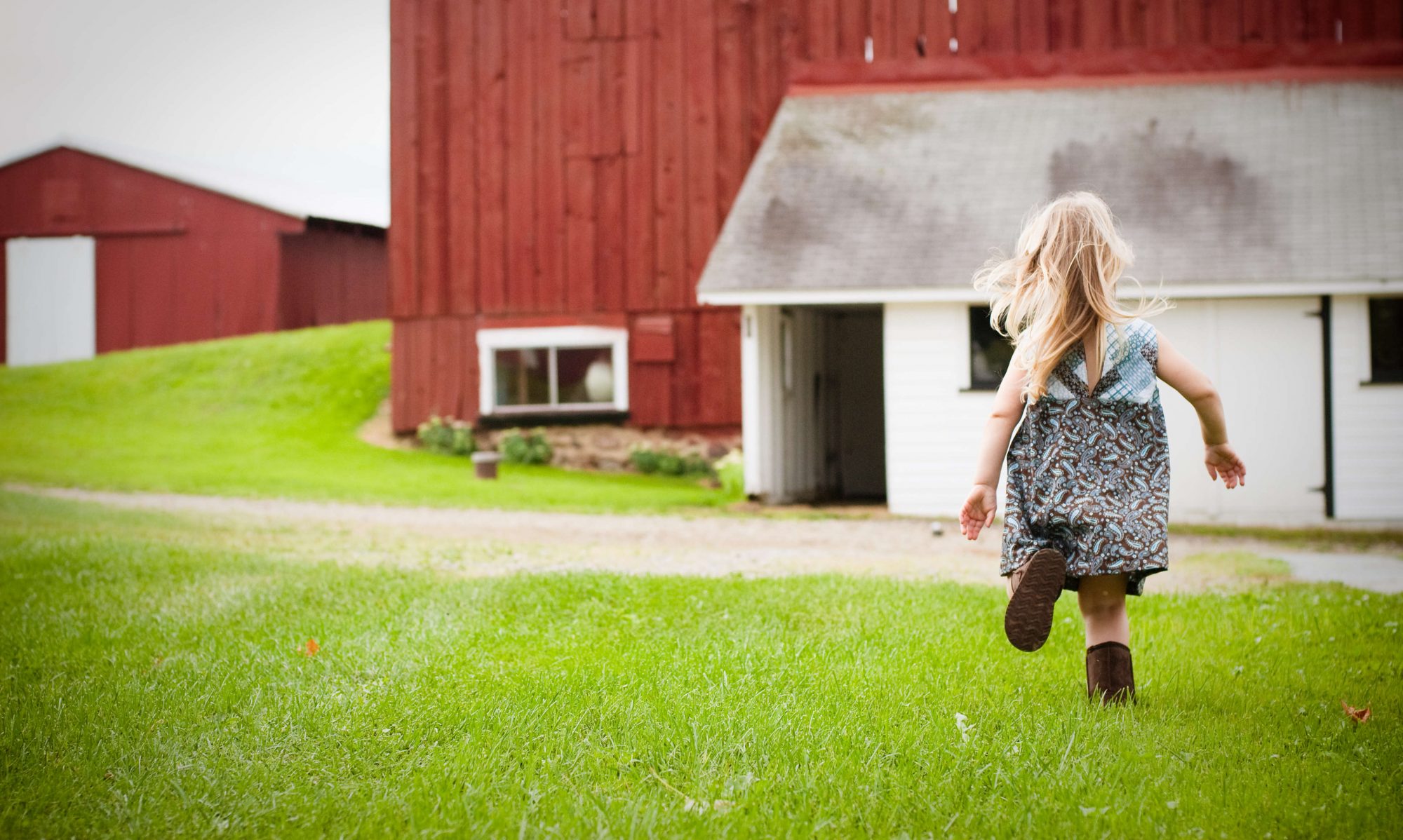Welcome Back!
As the semester continues, we have finished collecting and analyzing the information from both Thunderbird and Grandview Elementary and have started working on our infographic and final reports. One step left – success is just around the corner!

Image by Alexas_Fotos via Pixabay
A Moment of Significance
WHAT?

Over the last two weeks, we had to organize all the information we had found into an infographic to present at a poster presentation. This presentation invited members of the community, the LFS 350 teaching team and any straggler students into the mix. The infographic had to synthesize all of our methods, results and significance into an attractive layout. However, there was so much more than just the infographic – we had to engage with our stakeholders, instructors and other students to explain our project and why it was important. This was a daunting task, especially when at times we were not completely sure how big of a role we played in the overall project. While we knew the objective from Farm to School, we also had work to do to define to ourselves why we thought their initiative was important.
SO WHAT?

Image by Maklay62 via Pixabay
Although we were a little unsure at first, this presentation gave us the opportunity to understand our purpose a little bit better. With every new person we explained the project to, we understood even better for ourselves why we did this. They were able to give us insights that we did not have and help us build on our thoughts. Talking to people, we realized just how important it was that this was an Indigenous Foodscape and not just a school garden. Not only does this garden get to bring youth closer to their food, they get to be a part of food they have never seen before. They get to learn in different ways, ways that are more interconnected and holistic. By having garden beds that do not just plant one or two things but try to utilize their different components to grow together, students can understand that agriculture should work as a connected system. These ideas are so important to movements such as agroecology, which depends on an interconnected system of agriculture that closes a loop of inputs and outputs (Altieri, 2004).
The presentation session attracted many other students and faculty members, giving them an opportunity to learn about the different community-based projects that we, LFS 350 students, participated in. This allowed them to develop a better understanding of the major themes we had been covering throughout the semester – community food security and food justice issues for instance. By holding this presentation, we were able to spread what we learned from both lecture material and our community-based project to the local community and enable more people to become involved in our local food system.
NOW WHAT?
Taking our learnings from the presentation, we are able to improve our ideas and integrate them into our final report. We can move forward with our project, even clearer in our purpose and what to do next. But even beyond that, understanding why this initiative is so important helps us see what kind of initiatives we think will be important in moving forward. Seeing how this initiative improves food literacy in a way that not only brings people back to their land, but also emphasizes holistic relationships in such a simple way, opens up our own minds to what we could do. However, just as we saw in this project, there is a lot of work that goes on to implement these initiatives. What we did was just preliminary work, yet it was still time-consuming and took a team of students to complete.
References:
Altieri, M. A. (2004). Linking ecologists and traditional farmers in the search for sustainable agriculture. Frontiers in Ecology and the Environment, 2(1), 35-42.
Images:
Puzzle image by Alexas_Fotos via Pixabay
So what image by Maklay62 via Pixabay
